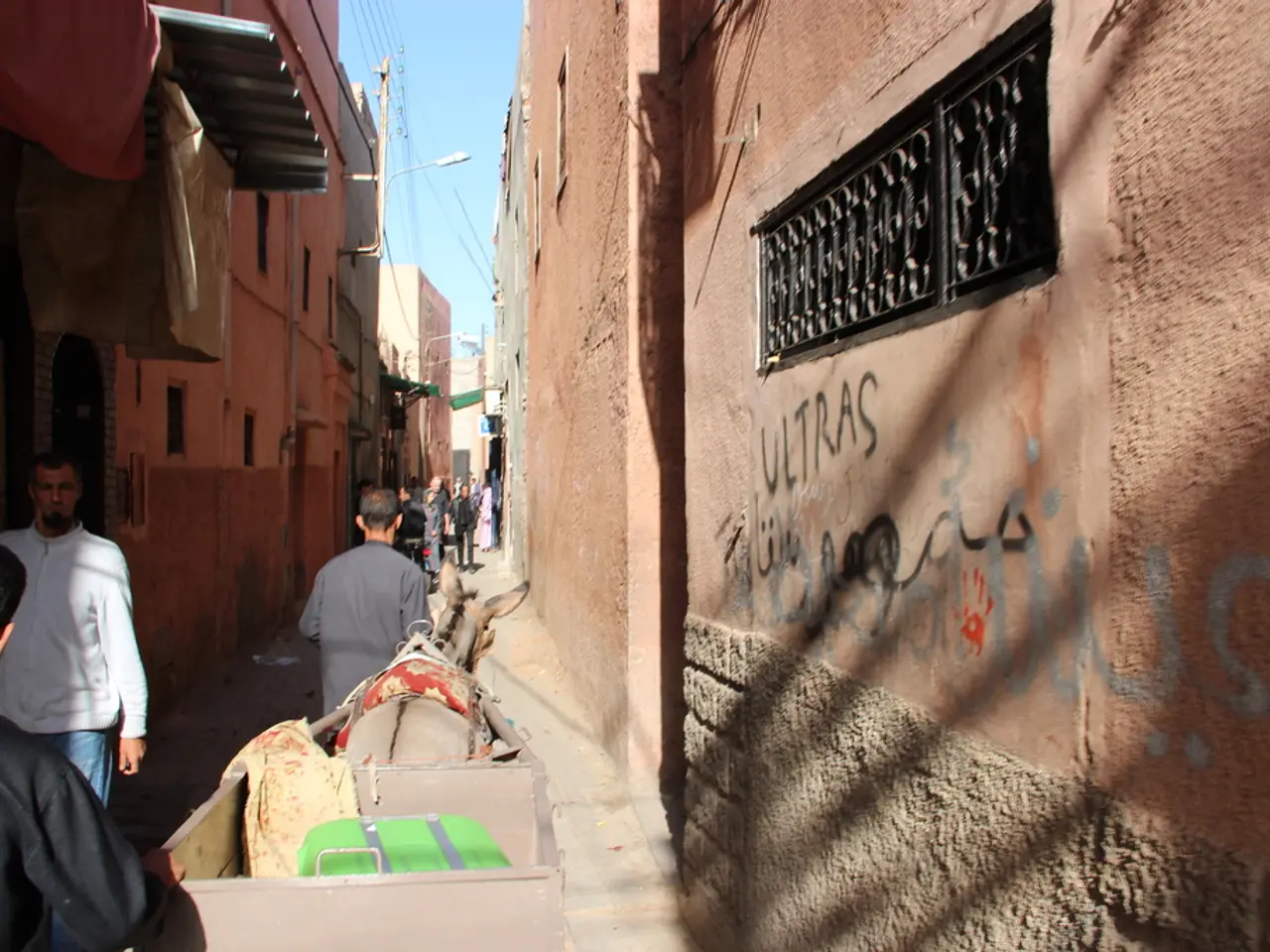Expensive Air Drops vs Cheap Ground Deliveries: UNRWA Reveals Shocking Cost Disparity
The Gaza Strip is currently facing a severe humanitarian crisis, with concerns of an impending famine due to shortages of food and essential goods [1]. In an effort to alleviate this crisis, humanitarian aid is being dropped over the region via aerial means (airdrops) by multiple countries, including Israel, Jordan, and the United Arab Emirates (UAE) [2]. However, the method of delivering aid via airdrops has been criticized as inefficient and costly by Philippe Lazzarini, the head of the United Nations Relief and Works Agency for Palestine Refugees in the Near East (UNRWA) [3].
Lazzarini believes that the cost disparity between airdrops and land deliveries is significant. Land deliveries allow for larger volumes of aid to be transported directly to distribution points at a lower cost, while airdrops require expensive aircraft operations and result in smaller quantities reaching the population [4]. Airdrops are also logistically less reliable and cannot guarantee safe, targeted delivery, making them an inefficient method compared to trucks entering Gaza through crossings when permitted [4].
Additionally, airdrops often result in inequitable distribution, losses of supplies (such as falling into the sea or causing injuries), and exclusion of the most vulnerable populations [4][5]. These factors contribute to the characterization of airdrops as insufficient for addressing the urgent humanitarian crisis in Gaza [2][3][5].
Despite these limitations, aid organizations have been relying on airdrops due to the ongoing Israeli blockade and conflict conditions, which hinder land deliveries [2]. Lazzarini, however, suggests that opening the crossings at the Gaza Strip's land borders would be a more effective solution for delivering humanitarian aid [6].
Recently, the resumption of aid airdrops over the Gaza Strip occurred, with aircraft from Israel, Jordan, and the UAE dropping humanitarian aid pallets since last Sunday [7]. In response to this, Lazzarini has stated that while he understands the urgency of the situation, he believes that if there is political will to approve airdrops, there should also be political will to open the crossings at the Gaza Strip's land borders [8].
Germany has also joined the airbridge effort to deliver humanitarian aid to the Gaza Strip, with the aim of helping approximately two million Palestinians [9]. Despite the efforts, the inefficiency and high cost of aid airdrops remain a concern for Lazzarini [3].
References:
- The Guardian
- Al Jazeera
- Reuters
- Middle East Monitor
- The New Arab
- The Times of Israel
- Haaretz
- UNRWA
- Deutsche Welle
- The recent initiatives by Germany to participate in the airbridge effort for delivering humanitarian aid to Gaza, despite its inefficiency and high cost, as pointed out by Philippe Lazzarini, raises questions about the long-term sustainability of this approach in the midst of the ongoing crisis.
- In light of the ongoing humanitarian crisis in Gaza and the concerns over an impending famine, it is essential to reconsider the employment policy of aid delivery, as Lazzarini suggests, and advocate for the implementation of a community policy that prioritizes the opening of land borders to facilitate safe, targeted, and cost-effective delivery of essential goods, thereby addressing the urgent needs of the affected populations more efficiently.




